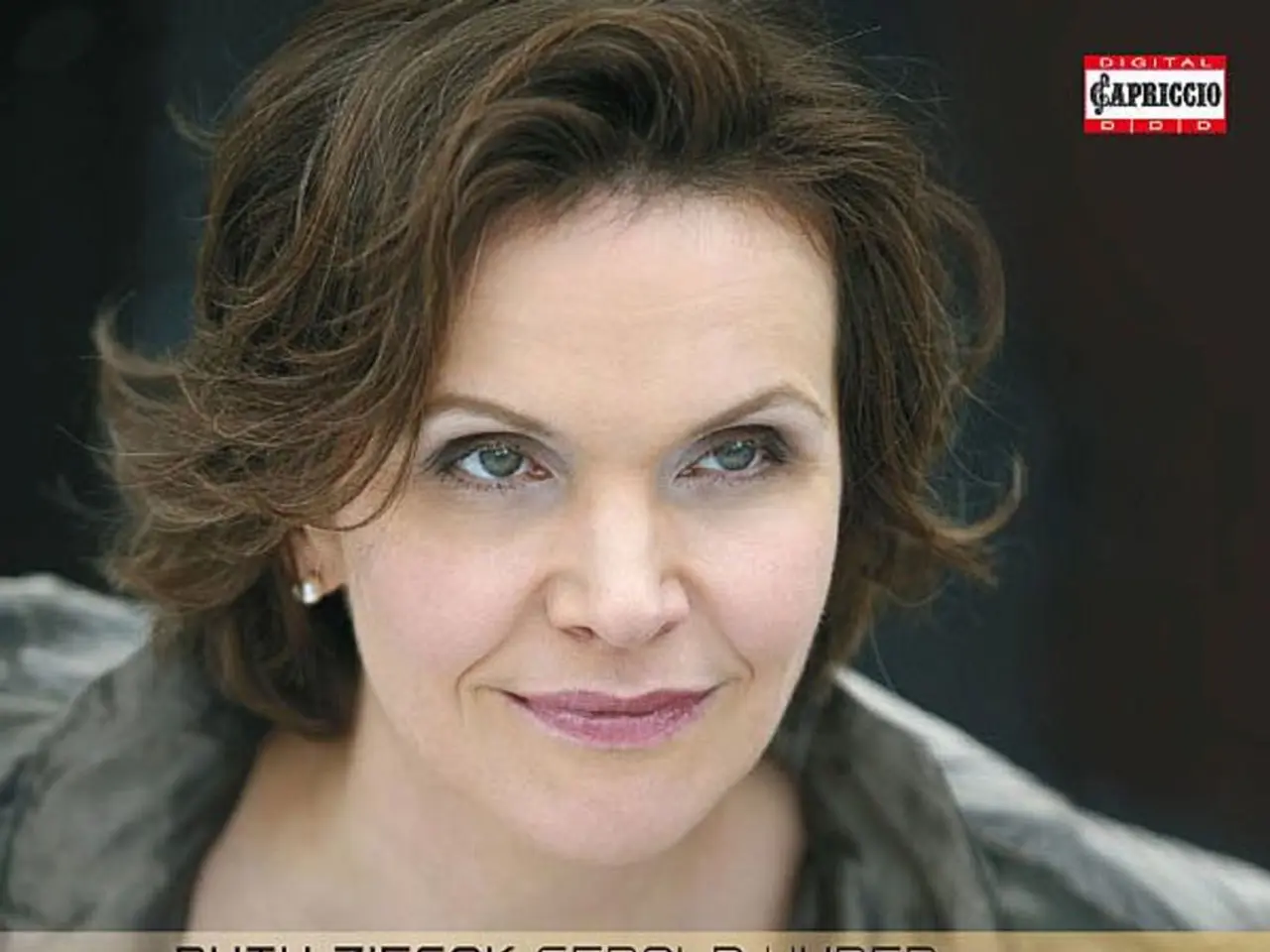Characteristics and Indicators of Generally Attractive Individuals
In today's world, the definition of what constitutes conventional attractiveness can vary significantly across societies. This term refers to features or traits that are generally valued and deemed desirable by a particular society, although these standards can often be influenced by cultural dynamics such as white supremacy, capitalism, ableism, and misogyny.
In the United States, for instance, conventional attractiveness often emphasizes youth, whiteness, and wealth, with traits such as smooth, poreless skin, long hair, and a polished appearance being heavily promoted by media, marketing, and social media. These beauty ideals reinforce narrow norms tied to gender roles and heteronormativity, affecting marginalized groups like LGBTQ+ individuals by promoting restrictive standards of attractiveness.
However, it's important to note that these beauty standards are not universal. Other societies have their unique beauty standards shaped by their histories, values, and cultural contexts. For example, some cultures prize features or grooming rituals that differ widely from U.S. norms, and global exposure via social media has started to blur but not erase these regional differences.
Moreover, the ongoing discussion and critique within the U.S. aim to broaden and redefine beauty beyond these conventional norms, striving for more inclusive and individualized conceptions.
Symmetrical faces are often associated with conventional attractiveness, subconsciously perceived as a sign of "good genes." Clear skin, free of acne, wrinkles, or discoloration, is also valued as a sign of youth and vitality. A toned body, often associated with good health and fitness, is a common beauty standard in the United States. Smiling often can make a person more likely to be viewed as attractive or approachable.
It's essential to remember that being conventionally attractive doesn't necessarily mean having particularly striking features. People who are conventionally attractive may often have no trouble finding a date and may receive deferential behavior from others more frequently than their "less attractive" counterparts. However, this attention can also lead to feelings of envy from others.
In conclusion, while the U.S. mainstream beauty ideals remain relatively narrow and tied to power structures, other societies may highlight distinct traits or embrace multiplicity more openly, reflecting their individual cultural narratives and histories. The pursuit of a more inclusive and individualized understanding of beauty continues to be a topic of ongoing discussion and critique.
This article has been reviewed by Dr. Allison Broennimann, a licensed Clinical Psychologist with a private practice in the San Francisco Bay Area, and Luke Smith, MFA. The article is based on 15 references cited. Dr. Broennimann specializes in in-depth psychotherapy, treating anxiety, depression, relationship problems, grief, adjustment problems, traumatic stress, and phase-of-life transitions.
References: [1] ... [2] ... [3] ... [4] ... [5] ... [6] ... [7] ... [8] ... [9] ... [10] ... [11] ... [12] ... [13] ... [14] ... [15] ...
Read also:
- Thriving Weegerhof: SBV and locals leaned on eco-friendly endeavors prosper
- A Recap of Successes and Challenges Experienced by My Business Within the Previous Year
- Exploring the Evolution of Style and Trends in Apparel Industry
- Saudi Arabia embraces Istituto Marangoni in the expansion of its fashion aspirations within the kingdom






